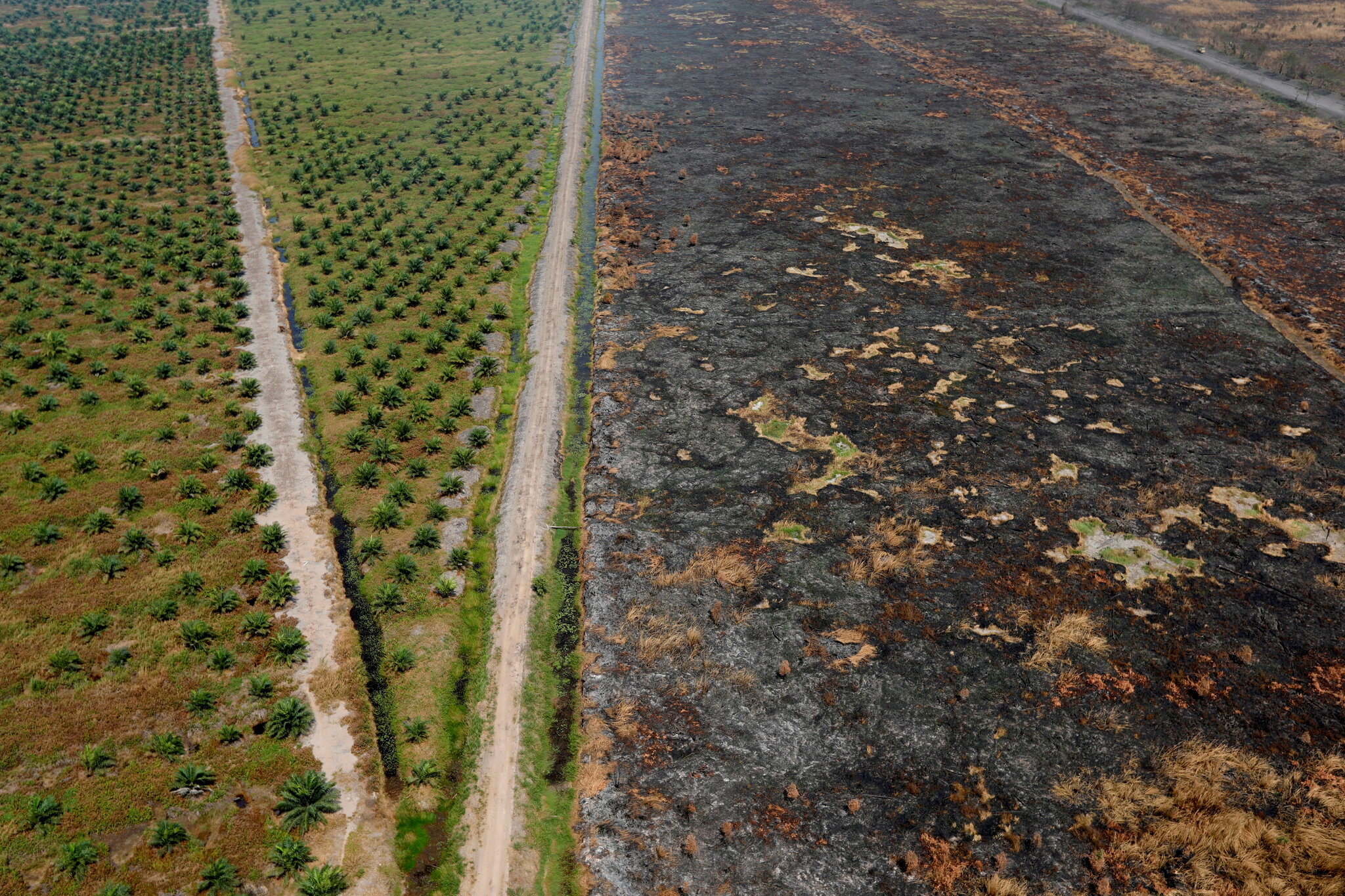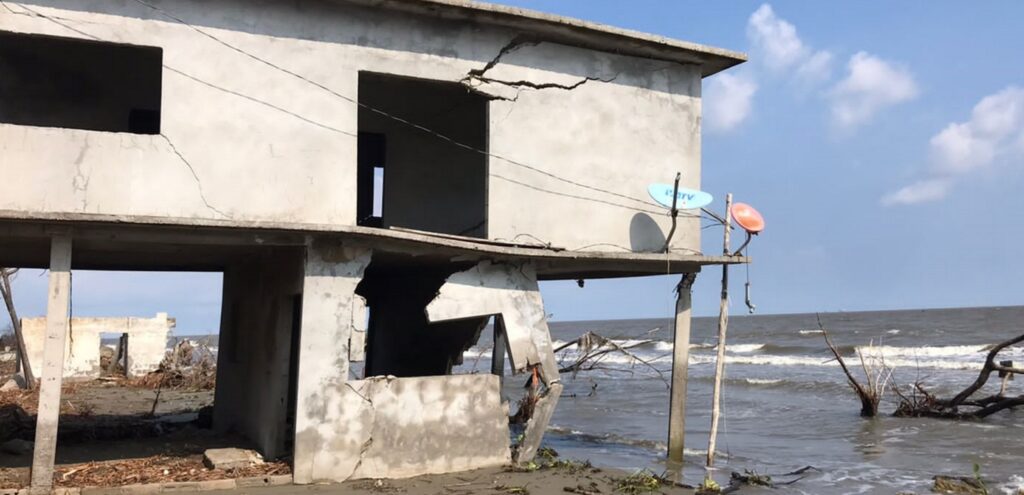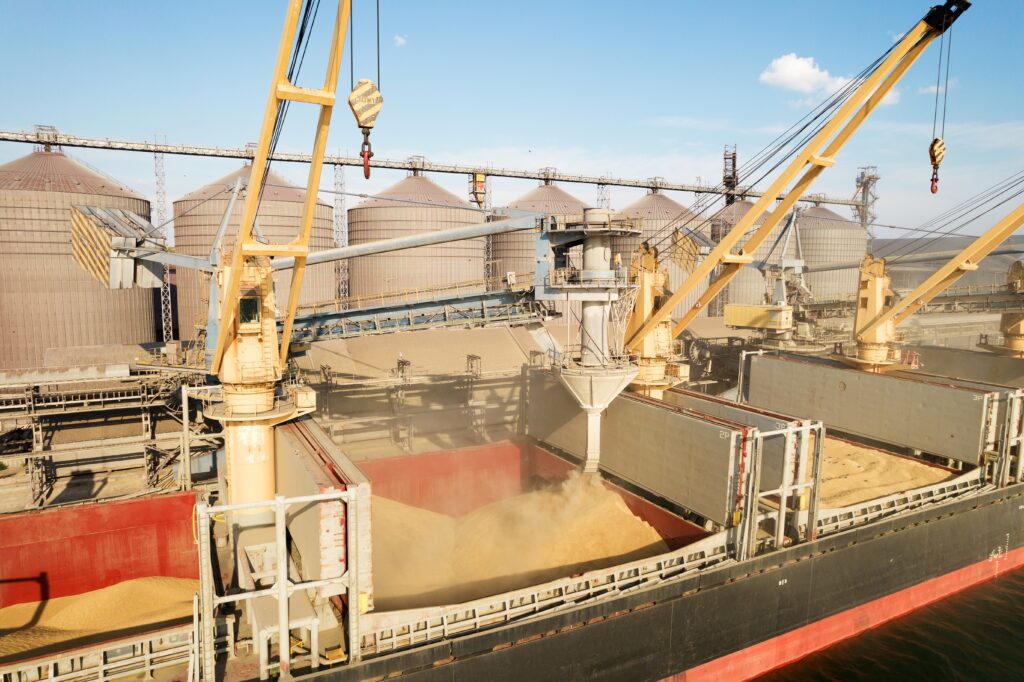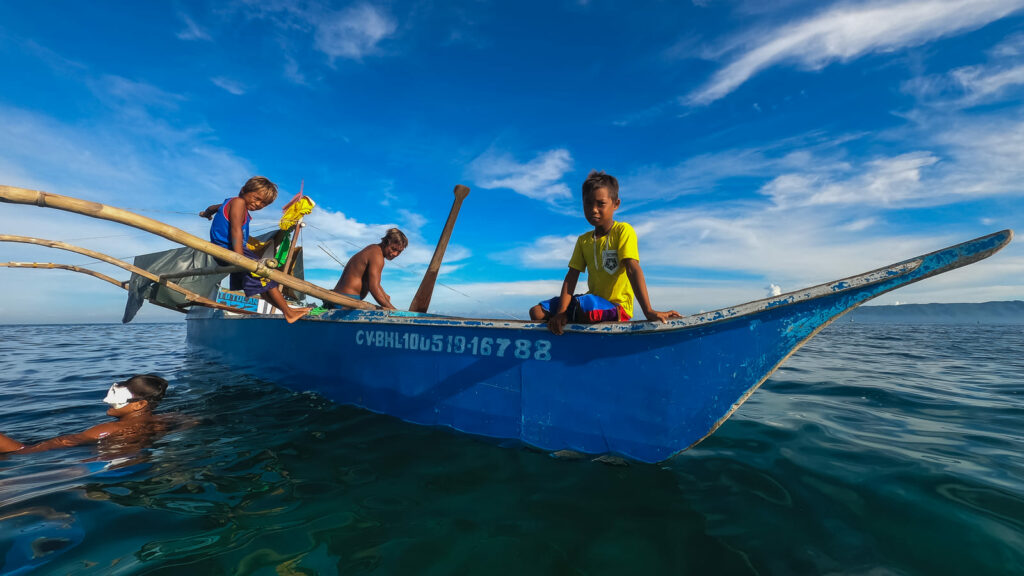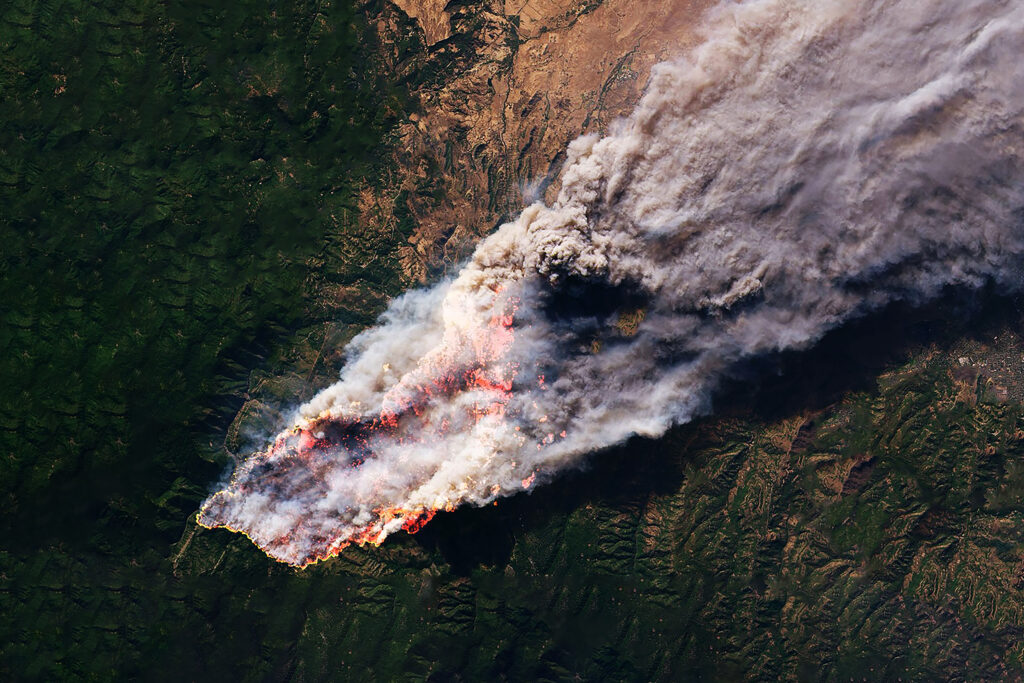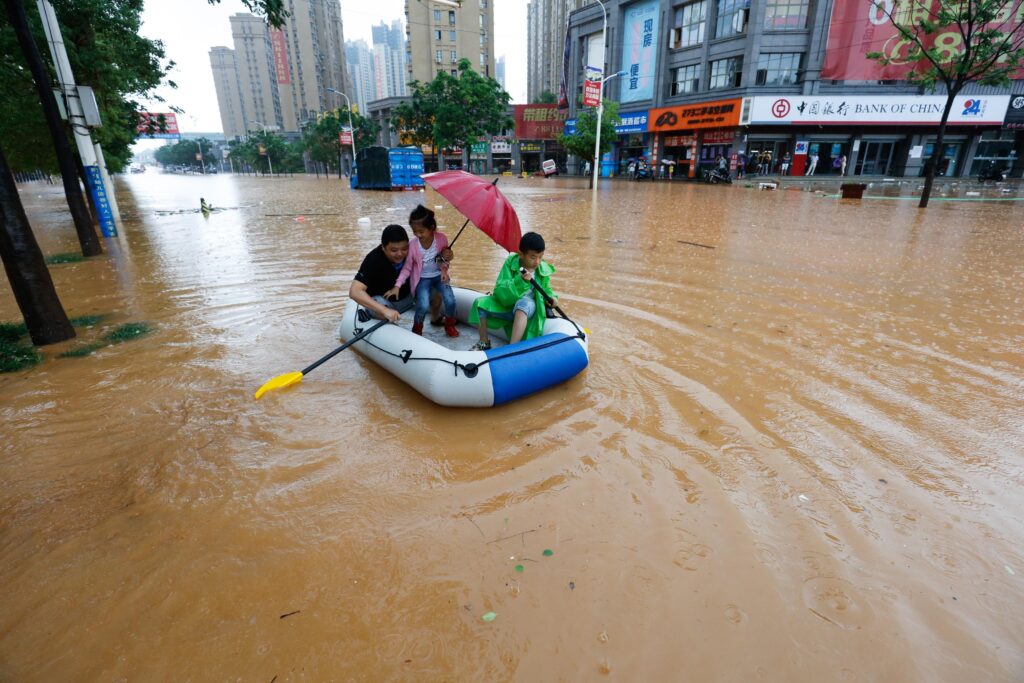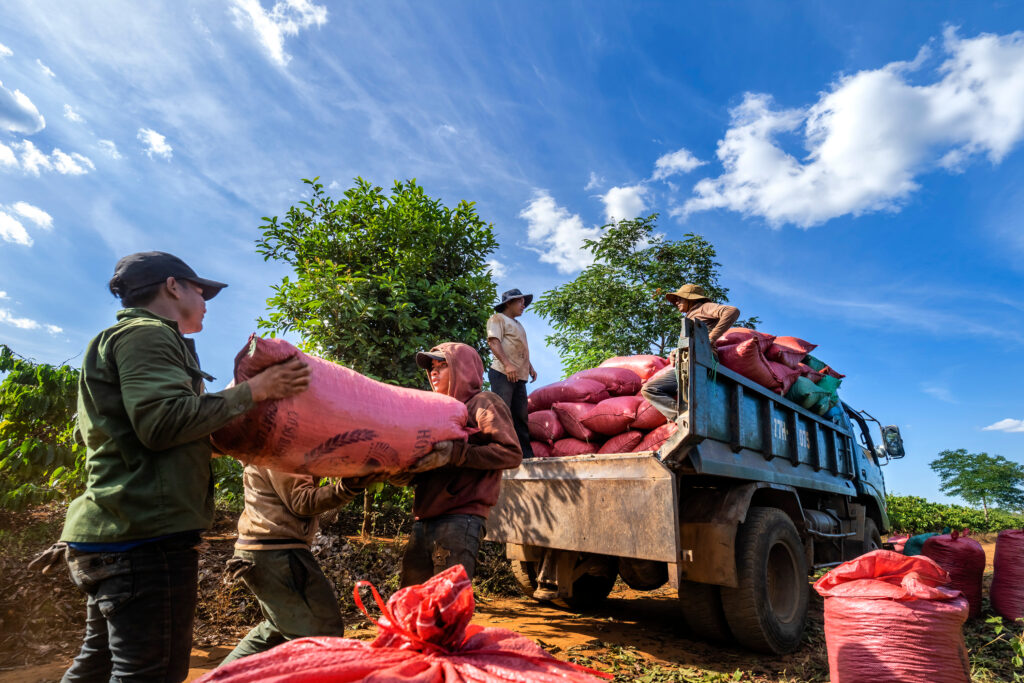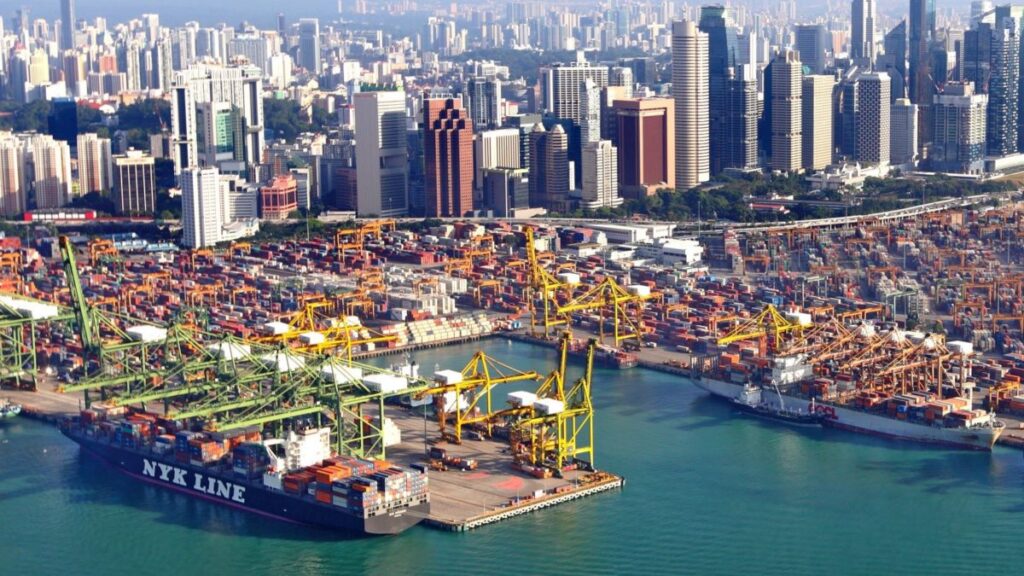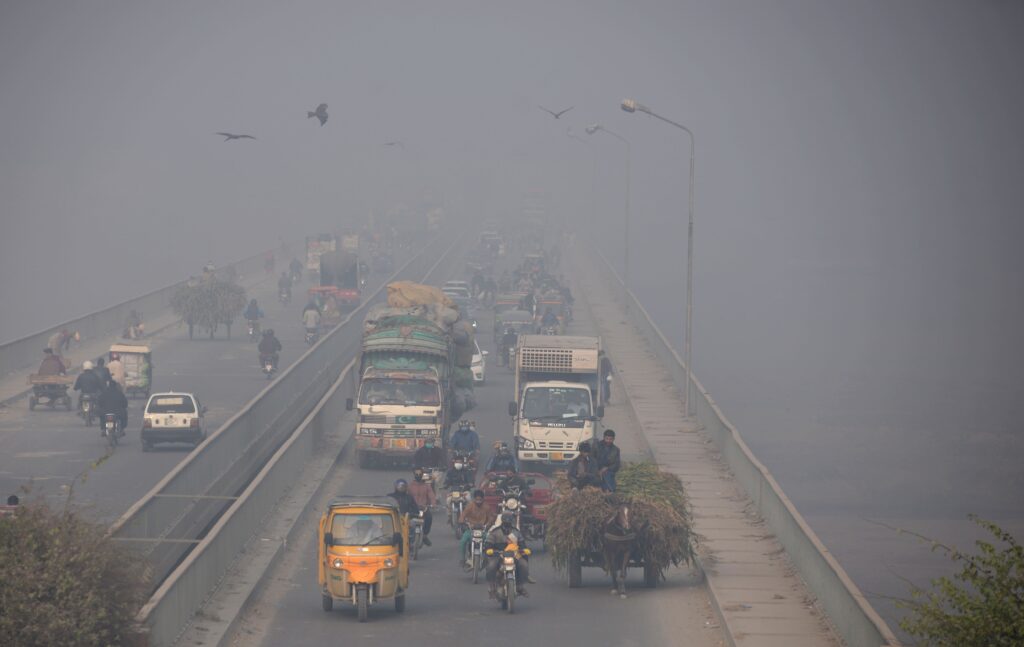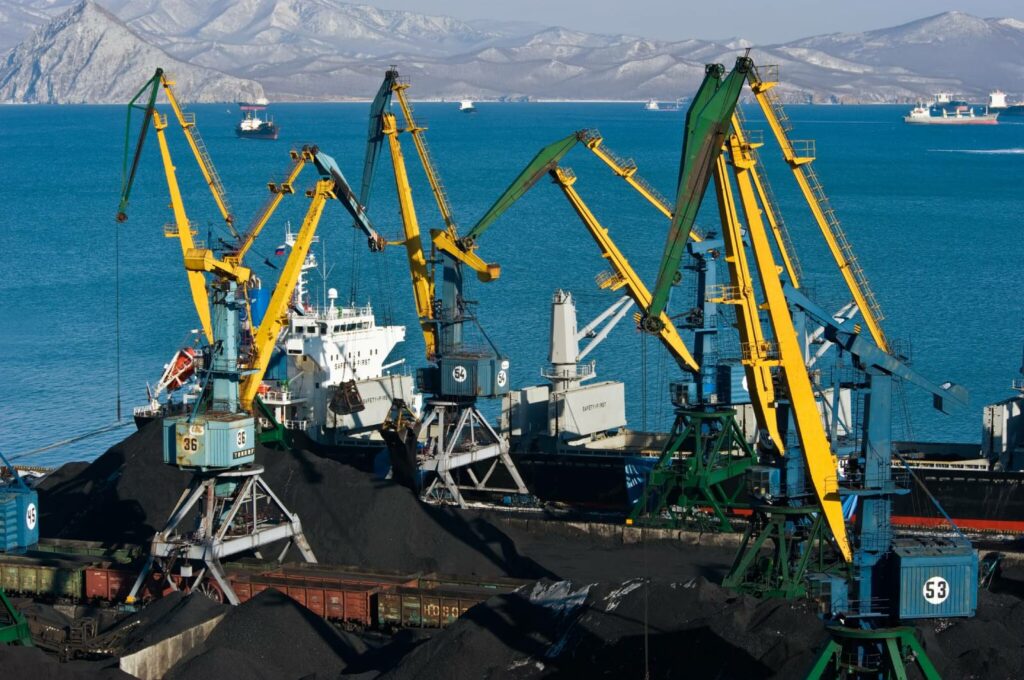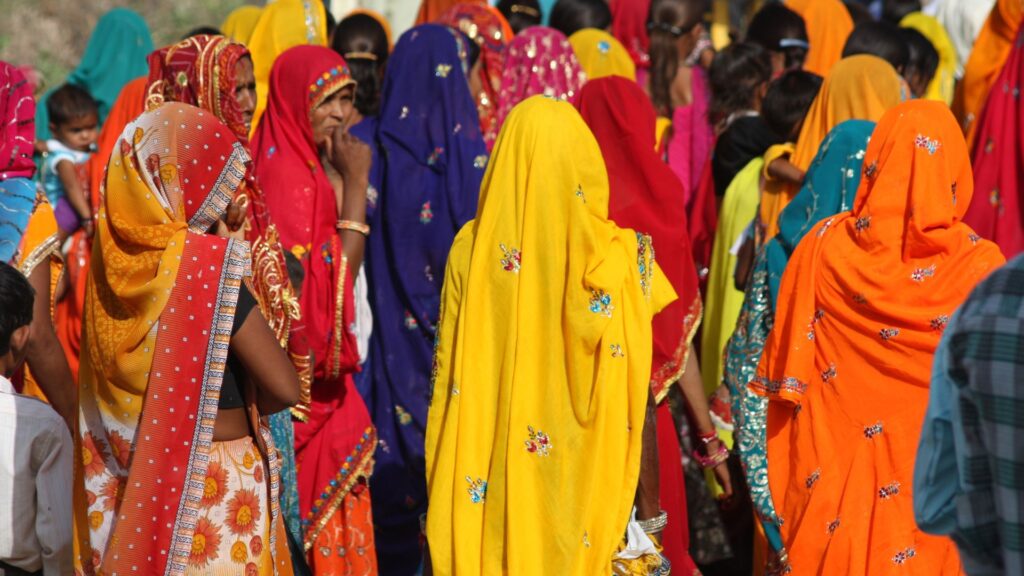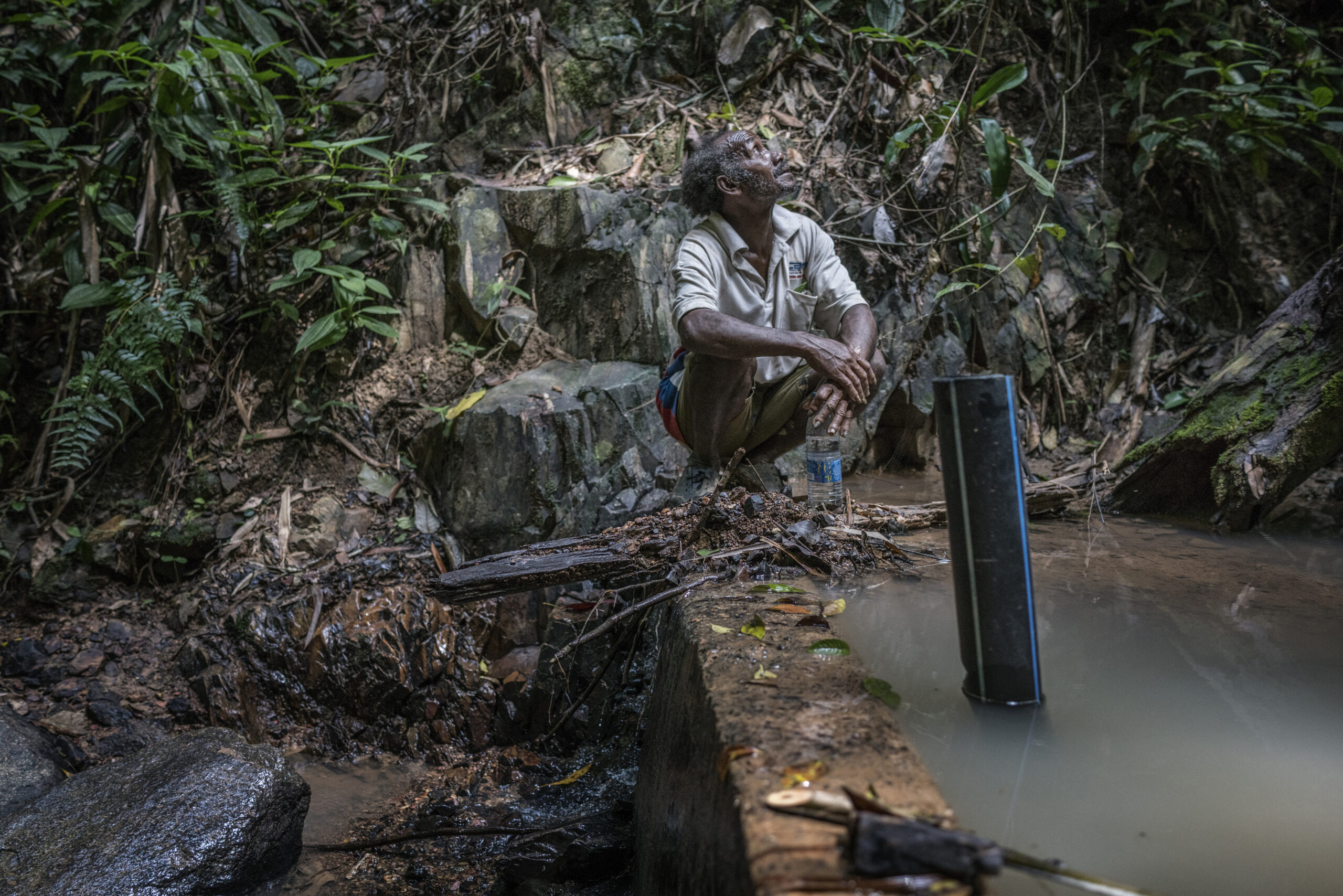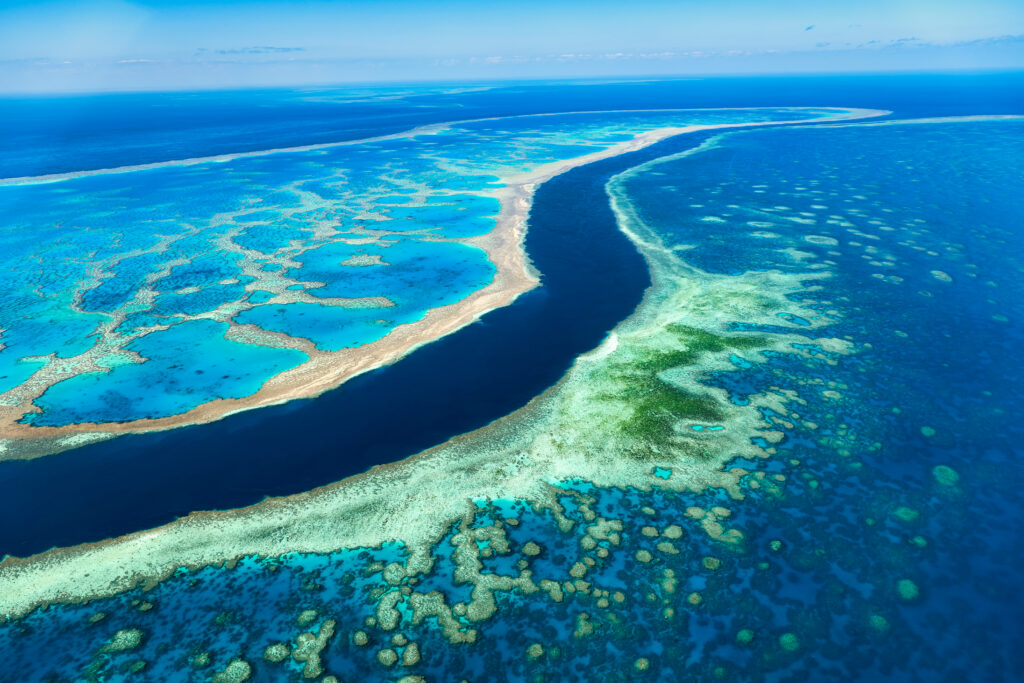Deforestation in Indonesia has a long history and is one of the country’s leading environmental challenges. Its primary and secondary forests are one of its most valuable natural resources, crucial to local communities and the region’s broader environmental sustainability. Indonesia ranked among the top countries with high deforestation rates between 1990 and 2015. While deforestation has slowed since the mid-2010s, it remains unsustainable. The large-scale loss of these forests threatens wildlife habitats, accelerates carbon emissions and contributes to climate change.
Causes of Deforestation in Indonesia
Agricultural Expansion and Palm Oil Plantation
One of the primary drivers of deforestation in Indonesia is agricultural expansion, with palm oil plantation at the forefront. Indonesia’s palm oil production exceeds 45 million metric tons annually and accounts for one-third of the country’s forest loss. While this industry bolsters economic growth and provides jobs, the environmental cost of this legal deforestation is steep. Forests are often converted into oil palm plantations with little regard for sustainable practices, creating monocultures that lack the biodiversity to provide a habitat for Indigenous species and store two to three times less carbon than natural forests.
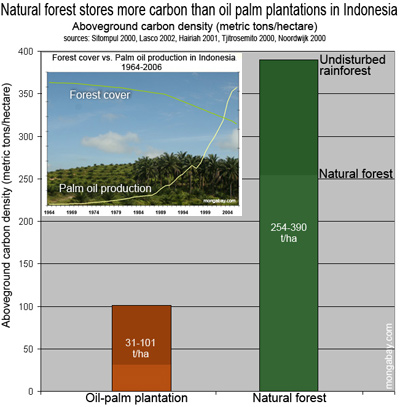
Smallholder farmers also expand into forested areas to grow cash crops such as rubber, coffee or cocoa. This fragmentation of forest habitats reduces biodiversity and increases greenhouse gas emissions, directly linking these agricultural activities to climate change.
Logging and Timber Industry
Both legal and illegal logging contribute significantly to forest loss in Indonesia. Certain regions with valuable timber species, such as Meranti or Ramin, attract high market prices, fueling the demand for logging concessions. While the government issues legal permits, illegal activities can outpace regulatory oversight.
While illegal logging has significantly declined from its peak in the mid-2000s, when 80% of timber exports from the country were illegal, logging is still a real issue for the country. Experts urge stronger enforcement and community-based monitoring to protect critical ecosystems.
Infrastructure Development
Infrastructure projects like roads, railways and urban expansion further exacerbate deforestation in Indonesia. In 2019, for example, the Trans-Papua Highway added hundreds of kilometres of new roads, opening previously inaccessible forests to logging, mining and agricultural settlement.
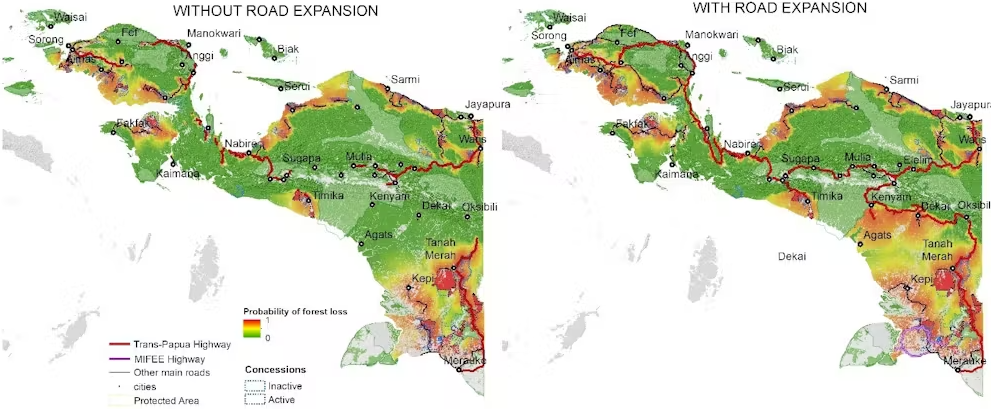
Urban sprawl similarly encroaches on forest areas as cities expand to accommodate growing populations. Data confirms that large-scale infrastructure developments correlate with higher deforestation rates, underlining the vital importance of enforced environmental impact assessments before these developments are approved, ensuring projects proceed responsibly.
Social and Economic Factors
Poverty and a reliance on natural resources also drive forest loss. In some regions, clearing forests for agriculture or timber is a means of economic survival. Global market pressures, weak governance in certain localities and overlapping land concessions compound these issues. Addressing deforestation thus requires a holistic approach that balances economic development with robust conservation strategies.
History of Indonesia’s Deforestation
Deforestation in Indonesia can be traced back to the early 20th century, when colonial powers began exploiting the region’s forests for valuable hardwoods such as teak and mahogany. After independence in 1945, the government increasingly relied on forestry concessions to attract foreign investment, fueling large-scale logging and agricultural development.
By the 1970s and 1980s, vast tracts of forest were cleared in Sumatra and Kalimantan for timber extraction and emerging industries like palm oil. This shift from subsistence use to commercial exploitation significantly accelerated forest loss.
In subsequent decades, overlapping land-use policies and limited enforcement allowed illegal logging and unsustainable practices to persist. Reforms introduced in the late 1990s attempted to tighten regulations, yet economic pressures and rising global demand for commodities continued to strain Indonesia’s forests. Today, historical land-management decisions still influence present-day deforestation trends, underscoring the need for robust policies and sustainable practices moving forward.
Current Deforestation Rate in Indonesia
Deforestation rates have significantly declined since their peak in 2016, when nearly 10,000 square km of forest was lost. Subsequently, deforestation rates dropped to a low in 2021 at around 2,000 square km but have been slightly ticking back up since. Annual forest loss was around 3,000 square km in 2023, with estimates showing it likely increased again in 2024.
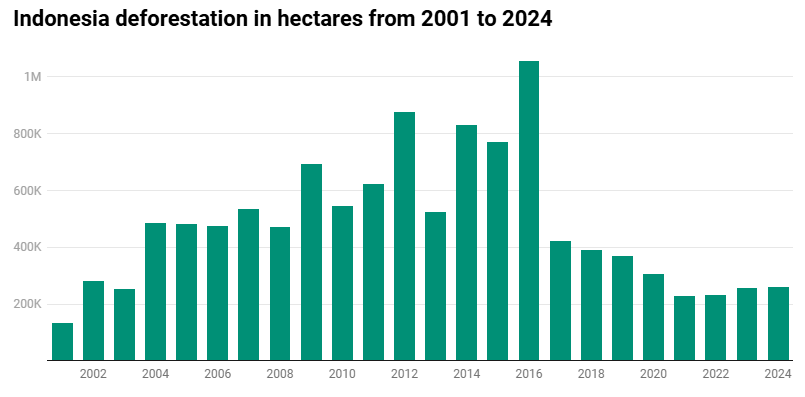
Kalimantan and Sumatra historically experienced the highest rates of forest loss, though Papua is increasingly affected by new concessions and increased road access. For example, the top five regions seeing deforestation account for 53% of the country’s entire annual deforestation.
Effects of Deforestation in Indonesia
Environmental Consequences
Indonesia’s forests are home to endangered species such as the Sumatran tiger, orangutan and rhinoceros. Habitat loss leads to dwindling populations, jeopardising genetic diversity and ecosystem health. Reduced forest cover also diminishes carbon sequestration, and the release of stored carbon from cleared land or forest fires contributes to global warming. Additionally, without dense root systems to hold soil, land is more prone to erosion and flooding, which can devastate local infrastructure and agriculture. Combined, these impacts threaten the ability of ecosystems to function efficiently and provide the services communities rely on.
Social and Economic Effects
When forests are cleared, communities that depend on forests for food, medicine and livelihood face displacement, conflict over land rights and potential health concerns. Meanwhile, companies sourcing timber or palm oil from deforested regions risk reputational damage and possible legal sanctions in global markets.
Although deforestation can generate short-term economic gains, it undermines long-term sustainability by depleting critical natural capital worth trillions of dollars. The value of just Indonesia’s marine ecosystem services is over USD 800 billion. Furthermore, these activities weaken essential sectors such as agriculture and ecotourism.
Reducing Deforestation in Indonesia
Slowing deforestation in Indonesia requires a stronger effort from the government, corporations and communities. Current initiatives, such as the Indonesian moratorium on new forest concessions, have already helped lower annual forest loss from its peak in 2016, so we know further reduction is within reach. Furthermore, global partnerships, such as REDD+ (Reducing Emissions from Deforestation and Forest Degradation), offer financial and technical support that Indonesia can continue to tap into. Ultimately, curbing deforestation is integral to combating climate change, preserving biodiversity and securing livelihoods.
Eric Koons
Writer, United States
Eric is a passionate environmental advocate that believes renewable energy is a key piece in meeting the world’s growing energy demands. He received an environmental science degree from the University of California and has worked to promote environmentally and socially sustainable practices since. Eric has worked with leading environmental organisations, such as World Resources Institute and Hitachi ABB Power Grids.
Eric is a passionate environmental advocate that believes renewable energy is a key piece in meeting the world’s growing energy demands. He received an environmental science degree from the University of California and has worked to promote environmentally and socially sustainable practices since. Eric has worked with leading environmental organisations, such as World Resources Institute and Hitachi ABB Power Grids.

